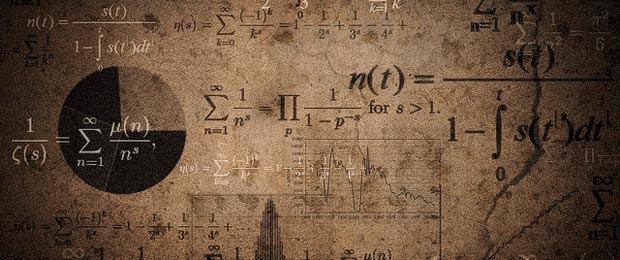"mathematic design" entries

Striking parallels between mathematics and software engineering
Becoming more familiar with mathematics will help cross pollinate ideas between mathematics and software engineering.
Editor’s note: Alice Zheng will be part of the team teaching Large-scale Machine Learning Day at Strata + Hadoop World NYC 2015. Visit the Strata + Hadoop World website for more information on the program.
During my first year in graduate school, I had an epiphany about mathematics that changed my whole perspective about the field. I had chosen to study machine learning, a cross-disciplinary research area that combines elements of computer science, statistics, and numerous subfields of mathematics, such as optimization and linear algebra. It was a lot to take in, and all of us first-year students were struggling to absorb the deluge of new concepts.
One night, I was sitting in the office trying to grok linear algebra. A wonderfully lucid textbook served as my guide: Introduction to Linear Algebra, written by Gilbert Strang. But I just wasn’t getting it. I was looking at various definitions — eigen decomposition, Jordan canonical forms, matrix inversions, etc. — and I thought, “Why?” Why does everything look so weird? Why is the inverse defined this way? Come to think of it, why are any of the matrix operations defined the way they are?
While staring at a hopeless wall of symbols, a flash of lightning went off in my mind. I had an insight: math is a design. Prior to that moment, I had approached mathematics as if it were universal truth: transcendent in its perfection, almost unknowable by mere mortals. But on that night, I realized that mathematics is a human-constructed tool. Math is designed, just like software programs are designed, and using many of the same design principles. These principles may not be apparent, but they are comprehensible. In that moment, mathematics went from being unknowable to reasonable. Read more…
